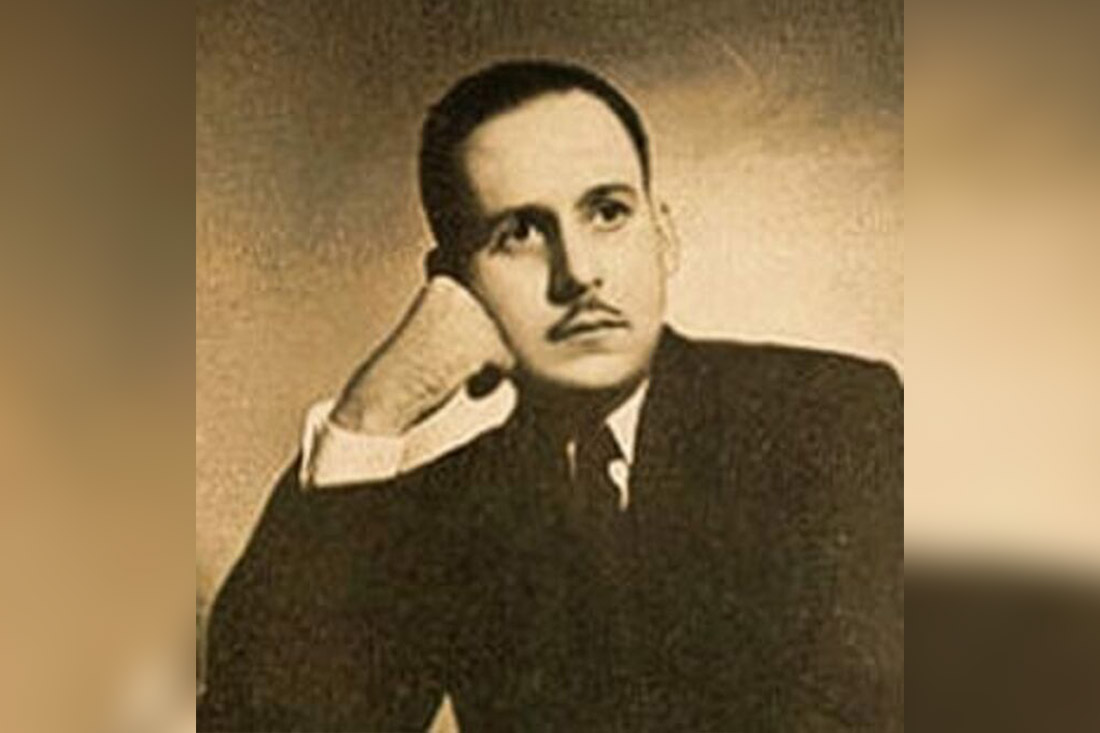The Camagüeyan writer Emilio Ballagas Cubeñas stands out not only for his search for purity and perfection in his style in poetry, but also for his analysis from the essay genre.
Precisely, his fruitful literary production -which made him worthy of dissimilar recognitions and distinctions among which the National Poetry Prize and the Centennial Prize stand out- both in prose and in lyrics, despite his early death, denies any typecasting of the writer as poet.
In her article Ballagas, more than a poet, Marian Garrido comments that some of the probable reasons for such qualification as a lyrical cultivator are the fact that he won the National Poetry Prize and the fact that much of his prose work is difficult to find.
However, the man from Camagüey left in writing the love he professed for it, when in a letter to Juan Marinello he expressed the seduction it caused him.
Although it is necessary to emphasize that the foregoing does not mean that his poetic production is not solid, coherent, with thematic variety, and good uses of images and symbols.
The greatness of his prose nature
According to the aforementioned author, the greatness of the prose nature of Ballagas lies in the fact that the analysis carried out is not always of poetry. His great cultural level allows him to move from essays to artistic movements and great personalities from different latitudes such as Rabindranath Tagore, Pierre de Ronsard, among others.
Now, it is valid to point out the importance and influence of the figure of the Indian poet and Nobel Prize for Literature in 1913 mentioned above, not only in Ballagas, but also in Nicolás Guillén, given that both were interested in Tagore, to some extent.
A tour of his essay work
Also, in this genre Periscopio, Peristilo stand out. His talents as a translator, as the author affirms, can be seen in his essays “La Bobary” and “Lady Chaterley” -in which he demonstrates a profound knowledge of languages. Likewise, he turns his pen towards other artistic subjects, since he is interested in ballet and the plastic arts.
Summarizing…
Without a doubt, the essayistic work of the Camagüeyan writer Emilio Ballagas Cubeñas complements his poetic production. Hence, the analyzes that are made of his work from different perspectives must be contextualized, free from judgments and prejudices that limit the vision and obscure the positions.
Obviously, we are in the presence of a valuable literary legacy that justifies the place occupied by Ballagas in the history of Cuban and Latin American literature.
Bibliography
- Adán Castaños, Yeni Yeisi. Emilio Ballagas, uno de los autores más sobresalientes de la lírica cubana. http://www.ohcamaguey.cu/emilio-ballagas-uno-de-los-autores-mas-sobresalientes-de-la-lirica-cubana/
- Castillo López, Yunisleidys. “La décima de Emilio Ballagas y su importancia para la literatura cubana”. Opuntia Brava 13 (4), 2021.
- Garrido Cordoví, Marian. “Ballagas, más que un poeta”. Senderos 21, 2019.
Translated by: Aileen Álvarez García






